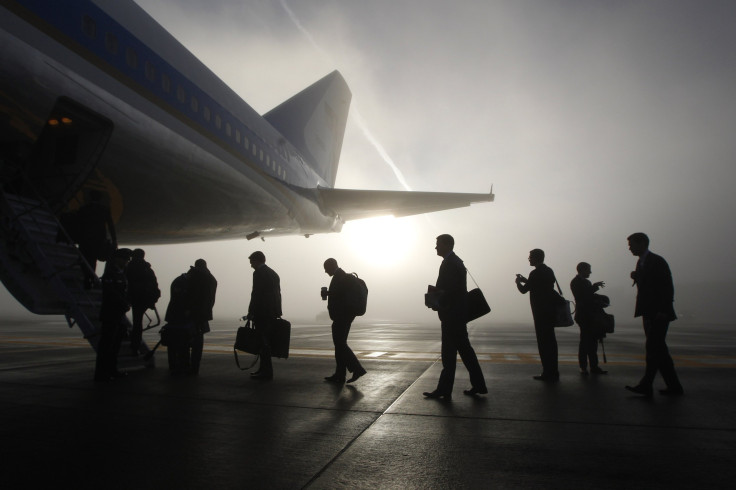US Tourism To Drop After Trump Travel Ban, American Political Climate

The U.S. could lose $18 billion from foreign tourists because of President Donald Trump’s proposed travel bans against refugees and people from select Muslim-majority nations. Although both iterations of the travel ban have been challenged in court, the perceived underlying message — foreigners are not welcome — has been disheartening for potential international travelers, according to predictions from travel analysts.
"'America first' rhetoric, which was pronounced during the campaign and Trump’s inauguration speech, is finding consistent expression in policy," Adam Sacks, president of Tourism Economics, told U.S. Today on Wednesday. "On multiple fronts — diplomacy, trade, border control, visa policy — international markets are receiving a message that America is no longer a welcoming destination."
Read: Most Expensive Cities In The World 2017: Where To Move If You Have Extra Cash To Burn
Tourism from international travelers brings $250 billion per year, according to the analysts. A predicted 4.3 million fewer foreign tourists could come to the U.S in 2017, which would cost the industry $7.4 billion, projected Tourism Economics, a travel advisory firm based in Philadelphia. And next year, the U.S. can expect to see 6.3 million fewer visitors, resulting in a greater revenue loss of $10.8 billion.
Although those numbers were just projections, the consequences of Trump’s travel bans have already been seen on a smaller scale. After the first travel ban was announced in January, business travelers canceled $185 million in bookings within one week. That was because traveler confidence had turned into travel anxiety, according to the Global Business Travel Association.
In the month of February, Marriott International saw a 25 to 30 percent decline in bookings to the U.S. from travelers from the Middle East. The company also saw a 10 percent decline in U.S. bookings from Mexican travelers.
The pessimism in the tourism industry actually began last year, at the height of the U.S. presidential race, which often included rhetoric such as nationalist messages from Trump.
Between April and August 2016, international arrivals dropped about 4 percent compared to the same time frame in 2015, according arrivals data from the U.S. Department of Commerce National Travel and Tourism Office.
Indeed, a survey conducted by Brand USA, a travel marketing company, found that travelers from 10 out of 11 countries were less inclined to visit the U.S. in February than they were in December, specifically because of the American political climate. Mexicans were the most concerned, while travelers from Canada, Germany, Australia, the United Kingdom, France, India, Japan, Brazil and South Korea were also less likely to visit. The only country with travelers who were more likely to visit was China.
In previous years, the U.S. had seen a steady rise in tourism. In 2008, the U.S. saw 54 million foreign visitors. That rose to 77 million in 2016, according to Roger Dow, CEO of the U.S. Travel Association.
© Copyright IBTimes 2024. All rights reserved.






















